Fishtanks
I this section I'd like to give you a glance of some of my fishtanks.
Not all are posted but it's just to give you a certain impression.
Before I'll show you some tanks, I'd like to show you two pictures at our home back in 1973. These show in the back one of the fishtanks we had in our livingroom. Back then it was quite normal to have framed fishtanks. And the panes of glass were sealed by using fillers like putty. No silicon used back then...
And well, it was my parents idea to paint the frame blue. Who would do that nowadays?

What a flashback!
In some way. it's a shame that my parents never made specific pictures of all the fishtanks we've had.
I myself don't have to get annoyed while using the computer. I've got a double screen to watch; for beneath the computer screen, I do have a small tank with small livebearers in it.
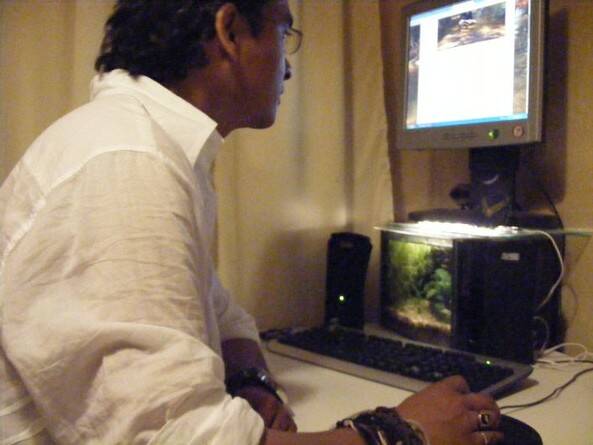



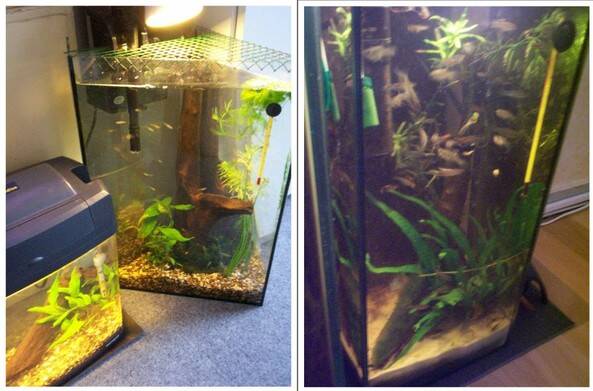


Above: My swamp tank.
Most of my tanks are open tanks. I love the look when plants grow out of the water. Yes, more water will evaporate than when a tank has got a lid. But I love the natural look and a lid on a tank makes it less real to me. Doesn't mean that I don't have any tanks with a lid. But if possible, there won't be a lid on a tank. That also depends on the type of fish that's been kept, of course. For every type of fish has got the ability to junp out of the tank. But it's really possible to have an open tank without fish jumping out of it.
The photo above shows my swamp tank. Plants can grow out of the tank and it's a very nice to the eye. The photo below shows an open tank from Oliver Knott. A beautiful set up of an open tank. As if nature is really in the room...
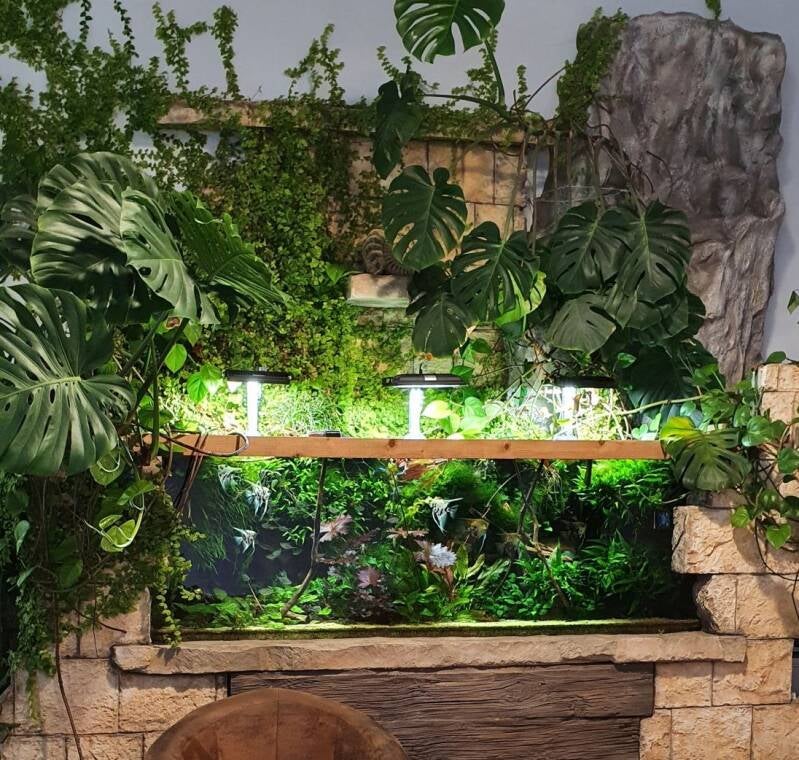
Above: It's a real eye catcher to have a set up like this...
What's also practical is to label the tank with names of the fish that are kept. The ones that are shown below are used by me.

What tank size too choose...?
If you read relevant books or search for relevant websites or homepages about what tank size one should choose, a lot of different remarks will be made. To a novice aquarist, that can be a burden to choose the right remark while thinking about buying a tank. I do know that there are some general rules given (Note: " general" is key here). Such as, one should choose a tank 10 times the fish size. Or 1 inch fish size needs a 1 gallon tank space. Or 1cm fish size needs 1 liter of water. And there are more of such general rules.
I myself have stepped down of those general rules for many years already. They don't count up to me anymore. First I'll consider the type of fish I'll keep. And see what it needs. Not every type of fish needs the same open space regarding their specific swimming behavior and regradless their size. For there are bigger sized fish that will stay locally and won't or hardly move around the tank. Then I'll multiply the actual space which one fish needs with the number of fish I'll keep. And that's the open space in the tank they need. I deliberately state "open space" instead of tank volume. Depending on the way one would like to decorate a tank (in case that's desired for there are also bare tanks that one can use) one need to add that volume to the open space. This makes the minimal right tank size one needs.
Depending on how their body is shaped, we can go for a wider or higher tank. For the bodyshape tells us already whether they need more space horizontally or vertically.
This way you'll get the correct tank size needed for your fish. Overcrowding can also be kept stable when it comes to fluctuations in water parameters by changing your frequency of water changes, overfiltering or a stable vegetation number that will filter the excessive ammonia out of the water.
What is also of importance is that a smaller tank will show more fluctuations in the water parameters than a bigger tank. A bigger sizd tank will stablilize faster than a smaller tank when an inbalance of the water parameters takes place.
Cycling a fishtank
Cycling a fishtank is of importance to most fish we keep. I say deliberately "to most fish" with a reason. Very hardy fish can be put in a fishtank pretty fast without any problems. But the majority of fish that we 'd like to keep in a fishtank are better off in a fully cycled tank. The opinions on how to cycle a fishtank does differ. There's not just one exact way to cycle. But the two main ways to cycle is to do a fishless cycle or a fish-in cycle. A fish-in cycle used to be very popular back in the days and it still works if you only know which fish to use when choosing this method. Nowadays, most people would choose a fishless cycle, just to be sure that no fish will be harmed. So, it's more of a precaution when doing a fishless cycle.
The duration of a fish cycle is not a steady period. But most people would choose to keep the tank cycle running for 3-4 weeks. But this number of weeks is just a generalization. For every tank cycle's got its own duration to set. But if you don't know how vulnerable your fish are, 3-4 weeks is a safe period to work with. Plants and bacteria are the two most important factors which will take care of the tank cycle to set. During this period of cycling, water changes are at hand. But doing too many water changes doesn't make it really go faster to get the tank cycle set. For it does needs time to get the biological balance in a tank straight. I do read too often that people advice to do water changes in a too high frequency. If you do it like this, you don't give it time to set and just pour in new tap water (which contains too much metals and depending on the country of residency also too much chlorine). It's better to do some water changes after 2 weeks after the tank cycle started. And do a weekly water change after that before a fish will be put in.
If I would look at my own way of cycling a tank, most of the time I do a fish in cycle. Only with very vulnerable fish, I will do a fishless cycle when setting up a new tank. I'm also not a big fan of commercial supplements to add to the water to give the tank cycle a boost.
I don't do as many water changes as most people would do. There will be people who would disagree with me and will only promote as many water changes as can be. As long as something works, it works...! But there will always be people around who will fight about what's best to do. For there are people who would not agree with letting fish get used to fluctuations in the water parameters, wether that may be temperature, ammonia or hardness, etc... Yes, I would never try to push fish to the limit of their tolerance if that will harm the fish. But I do let those fish have their natural tolerance and won't keep them away from such fluctuations if that will harden them. For it's very important to raise fish as strong as possible. But again, I won't push them to the limit.
Overall, we are in fact too cautious with our fish. Besides that we want the best for our fish, also the commercial books are the reason why we are so cautious. A lot of fish can stand a lot more. People like me who have been in certain areas where such fish occur, will agree with me. Of course, we can not compare a wild species to a breeding form at all times. But we can adapt breeding forms to circumstances how their wild relatives live. But we have to do that gradually and not in a sudden. But the main problem when it comes to water temperature is that people make still the mistake that they relate fish from a tropical country to the label "tropical fish". I've mentioned it before on this website that it depends on the location within that specific tropical country wether we're dealing with tropical or subtropical fish. In a number of those tropical countries there are subzones with a subtropical climate instead of a tropical. And in the wild, a lot of fish are dealing with fluctuations in water parameters during every 24 hours. Some dive deeper when it rains or when it cools down to keep the water parameters acceptable for them. But there are also fish that just can't swim away because they're in shallow waters. Such fish are actual dealing with those fluctuations and they'll be fine. It makes them also stronger than those that are in an only stable environment when it comes to water parameters. When we're dealing with fishtanks, people are scared when a fluctuation happens in the water parameters (whatever the cause), while a lot of fish (I'll mention it again) are better of if we allow these changes. As long as they'll stay in the margin of those fishes tolerance, it will be okay. Again, we're too cautious with our fish...

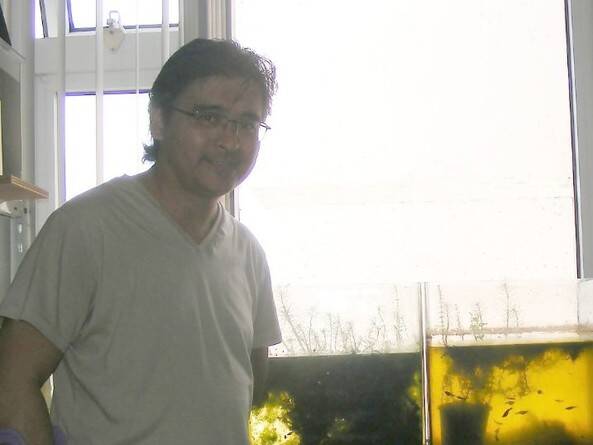
Above: Two tanks with no mechanical filtration in it. Just gravel and oxygen plants (photo right). They've run for 3 years like this. Both were self sufficient tanks. In there I've kept wild guppies and endlers. Both species were healthy and very prolific for the three years I've kept these tanks like this. But note to keep such tanks close to daylight to have a self sufficient system.

Above & below:
These are two self sufficient tanks (so, no heater nor filter). I've kept them like this for over 3 years. Fish stayed healthy and reproduced in a normal way without any problems. I even hardly fed those fish. They lived mainly from algae and insect larvae that got hatched in there. So, close to the window it attracted insects which laid their eggs in there.
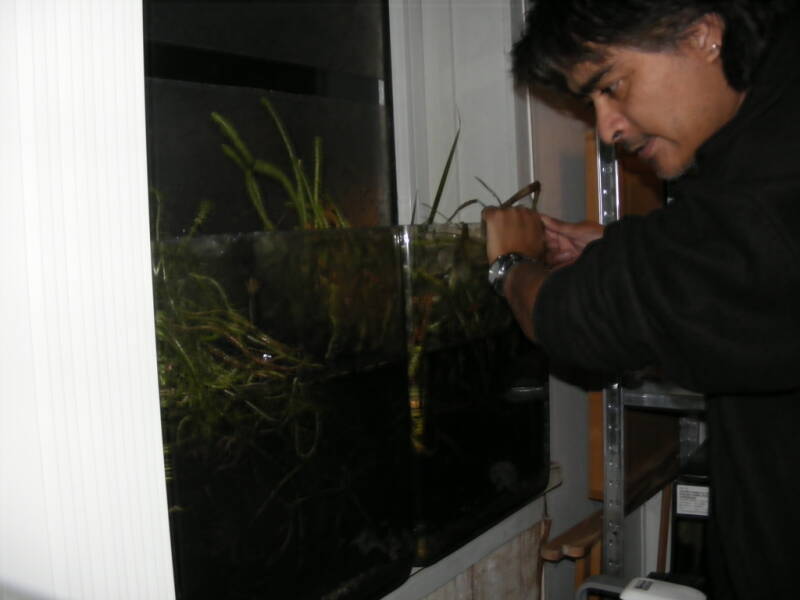
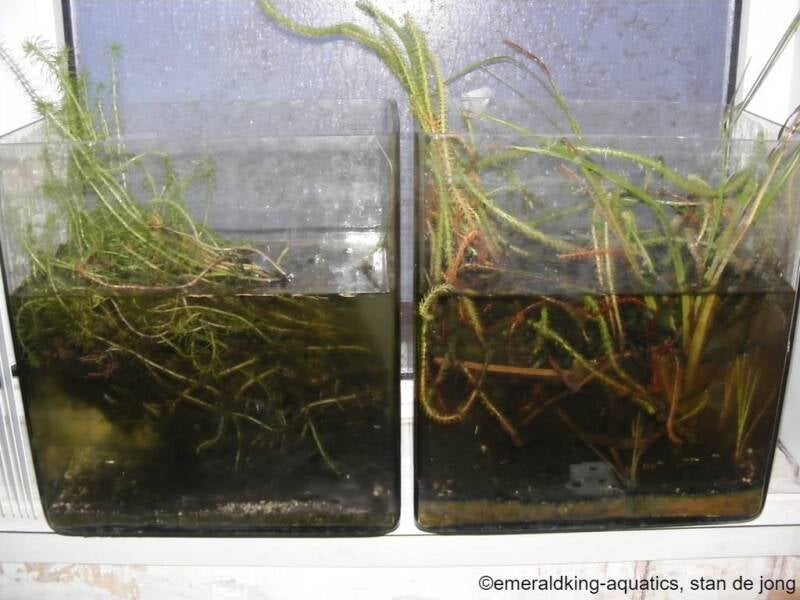
Of course, as every aquarist should be doing... is testing the water parameters on a frequent bases. I myself don't have to do this too often for in general my tanks are well balanced.


Above:: Simple methods are the best!
Left: An aquarist's ritual.
I use very simple methods to optimize the water parameters. I prefer not to use commercial meds or supplements for most of them are based on heavy metals. And every serious aquarist knows that those are really killing to fish...
At this point (date: January 2018), I do have over 75 tanks effectively running.
Besides these tanks I also have polyethylene outdoor tanks, glass outdoor tanks and paludaria.
Besides the self sufficient tanks, all other tanks are air filtered . Air filtration may result in a more noisy happening. For the air will cause real movement at the surface of the water. But air filtration is better for a lower electrical bill when you have multiple tanks than using mechanical filtration systems for each tank. I use a pump with sufficient power and a divider for all individual tanks.
Aerated filtration is also cheaper in electrical use than separate mechanical filter pumps. Specifically when one is dealing with the MTS (Multiple Tank Syndrome).
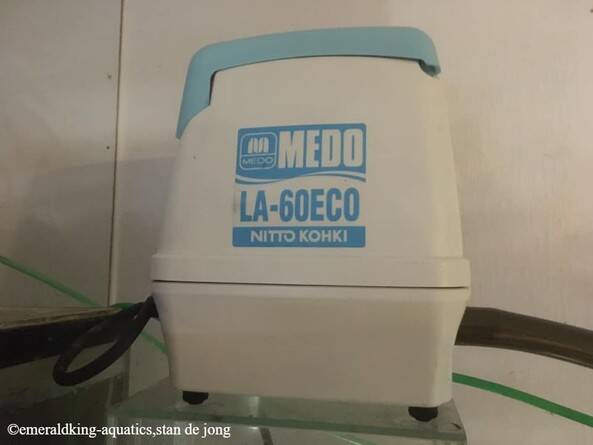
To reduce the noise of the aeration pump, a soft material can be put between the bottom of the aeration pump and the surface it's on.
There are several kinds of air filters that one can use. A bit old school but some plastic air filters like this corner air filter is still very practical to use.



Most available is the following type of sponge filter which one can stick to the glass. You can move the sponge part forward, sideways, downwards and upwards. The outlet is like most air filters adjustable.
One of the better things of a sponge filter is that fry won't get sucked into the filter, which could happen with a plastic air filter and an mechanical filter (inner or outer filter pump).
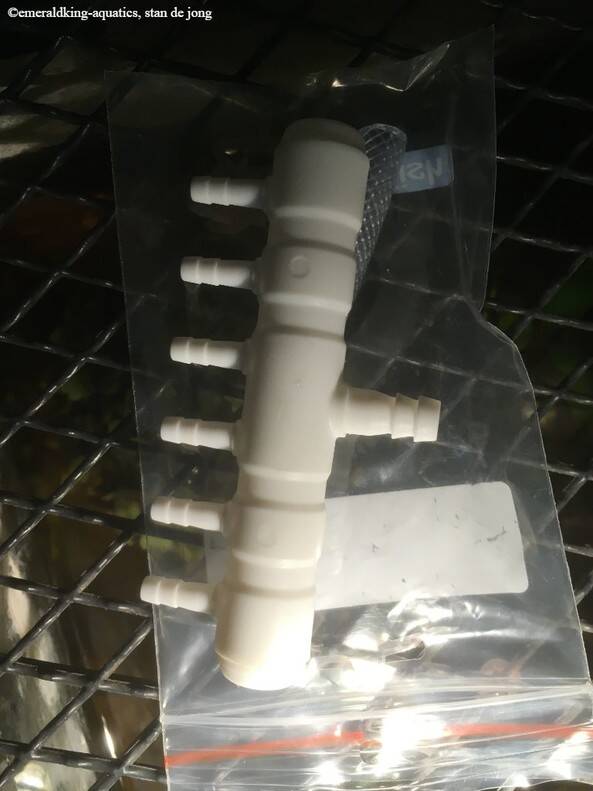
But I prefer most the sponge filters. There come in several sizes and is more practical than the those plastic air filters.

And in case you don't have that much space, there is also a very small sponge filter available.



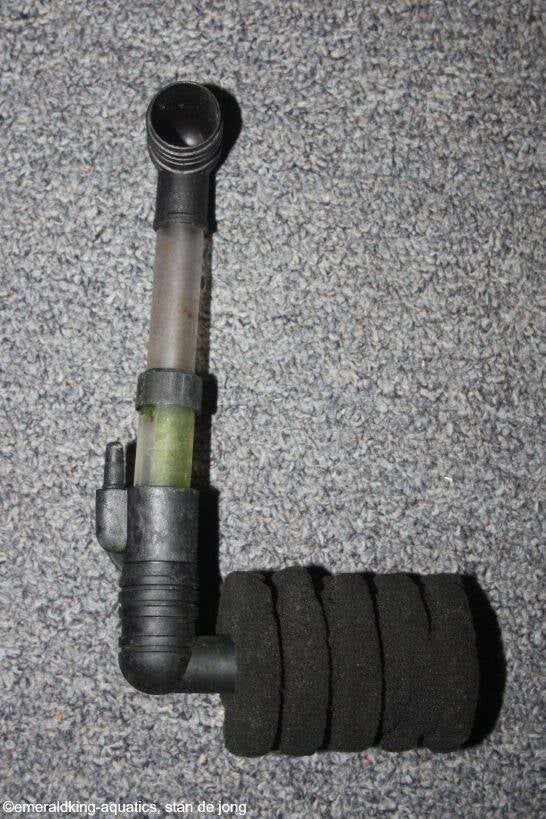

Above: Spare sponges are also in different sizes available. And they don't cost that much.
Above: One of the most sold inner sponge filters. It also comes in a double sponge version.
Keeping multiple tanks, means also more space needed. There are many ways to be creative to offer the space to those tanks. And if the floor is already filled with those tanks, one can always use the walls to get tanks mounted. Most places don't get any bigger. So, one must become creative with the space present.

I love my wall tanks...

